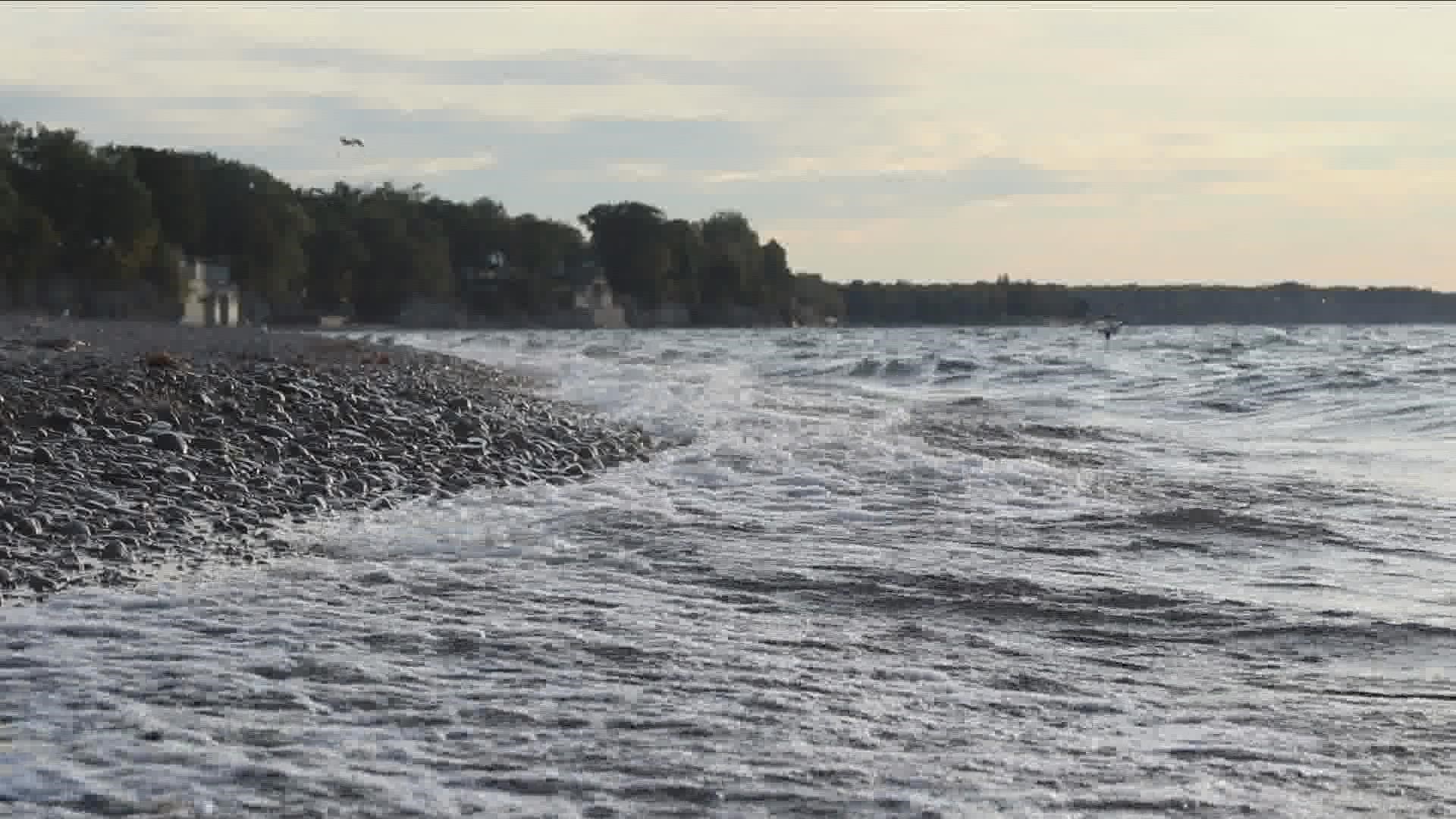BUFFALO, N.Y. — A recent report about the overall condition of the Great Lakes assessed Lake Erie in a pretty blunt way.
Poor and unchanging.
The report, issued in July, identified Lake Erie in the worst condition of the five Great Lakes.
"Lake Erie is almost as bad as it gets, " said Jill Jedlicka, Executive Director for the Buffalo Niagara Waterkeeper. "We're not headed in the right direction."
The assessment looked at a variety of conditions to determine each lake's current condition.
"The biggest things that we're seeing that really haven't changed is the nutrient loading that's coming in the western basin," said Jedlicka. "The legacy of toxic materials that are still present in fish tissue, and also the destruction of shoreline habitat and the health of fish and wildlife in the lake."
The 40-page report can be bleak and overwhelming as it outlines all the areas where Lake Erie is in poor condition. The lack of nutrients, the overwhelming amount of harmful algae, and the disappearance of phytoplankton and other small lake life are some of the key reasons for the poor assessment of the lake.
"The biggest problem that we have, human decisions that are affecting the health of our lakes," Jedlicka said. "We cannot separate nature, we cannot separate the lakes and the fate of the lakes from what we as human beings are doing to them."
While the report does suggest that the lake is improving in some areas, for example, the amount of toxic chemicals in sediment, water, and wildlife is less than it was in the past, it isn't enough to change the assessment of the overall ecosystem of Lake Erie is poor and has an unchanging trend.
The doom and gloom doesn't have to be permanent thought, according to Jedlicka.
But Jedlicka says if action is taken, the trend can be changed for the better.
"it starts with the daily decisions of land use and how town managers decide to develop or not develop their property," Jedlicka said. "Then ultimately, it's the individual citizen and it's the choices we all make in our daily lives."

